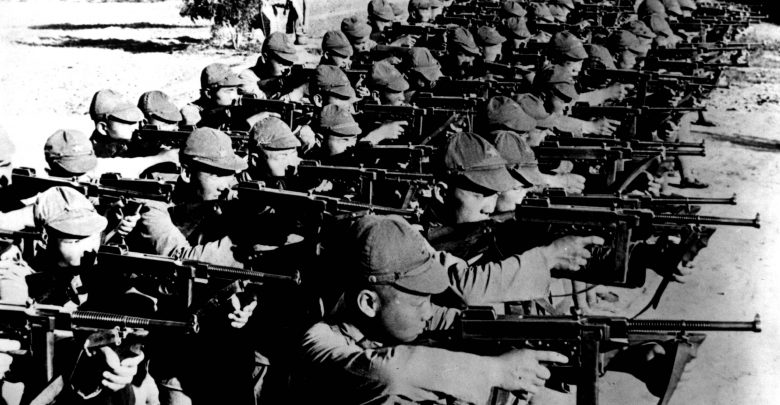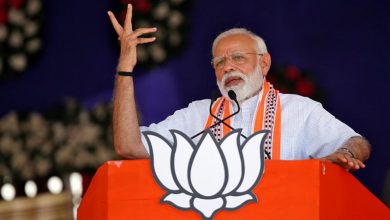AllAllAllAsia and OceaniaEuropeResolvedResolvedResolvedThe Americas
The Second Sino-Japanese War
The Second Sino-Japanese war was an armed conflict fought between the Republic of China and the Japanese Empire. The war lasted from July 1937 to September 1945. The war began with the Marco Polo Bridge Incident, which escalated quickly in to battle.

The Marco Polo Bridge Incident
The Marco Polo Bridge Incident was the first battle between China’s National Revolutionary Army and the Imperial Japanese Army. In 1937, a small amount of Chinese and Japanese soldiers were stationed near the Marco Polo bridge. While the Japanese were carrying out training exercises during the night, a few shots startled nearby Chinese troops. After discovering one of their soldiers missing, the Japanese troops assumed that the Chinese kidnapped him. The Japanese demanded they be allowed to search the city of Wanping for the missing soldier, to which the Chinese denied. The infantry then attempted to force their way in to Wanping but were driven back by Chinese forces. Both sides sent additional backup to the area in the early morning of the eighth of July. Japanese armored vehicle captured and took the bridge but were soon after driven off. This incident marked the start of the Second Sino-Japanese War.
Chinese Strategy
China was not equipped for a war with Japan. The country lacked a significant and strong military infrastructure and had no armor support. The republic relied heavily on financial support from the League of Nations in order to carry out offensive and defensive campaigns against the Imperial Army. In addition, the internal fight between the Chinese national party against an up rise of communism further threatened the resources of the military. Despite all of these setbacks, the Chinese army insisted on exerting strong pockets of resistance against the Japanese in order to make their control of Manchuria as difficult as they could.
The War Elsewhere
While Japan attempted to keep its stronghold over the occupied territories all around Asia, Japan joined the majority of nations fighting in World War II. Allying themselves with Germany and Italy, Japan joined the Axis powers by signing the Tripartite Pact in 1940. As a result of this, the United States responded by imposing an economic embargo which suffocated the Japanese economy.
Pearl Harbor
Due to the economic blow, Japan responded by attacking Pearl Harbor, a military base on O’ahu Hawaii. This event officially merged the Second Sino-Japanese war with World War II. Britain and the United States offered financial support to China and set up military air bases on the mainland. This support from Britain and the U.S. relieved China, forcing Japan to divert troops elsewhere. The Japanese showed worthy opponents, especially after the sinking of two of Britain’s two biggest warships in Singapore on December 10th, 1941.
Japanese Surrender
A series of offensives against Japan led to their eventual surrender of World War II. The US dropped an atomic bomb on Hiroshima on August 6th. Three days later, Soviet forces attacked Japanese posts in Manchuria. On August 9th, the US dropped another atomic bomb on Nagasaki. China and their Western Allies launched a successful offensive in August of 1945 against the Japanese troops in Zhijiang. Emperor Hirohito officially surrendered to the allies on August 15th, 1945. The official surrender was signed on September 2nd, 1945 on the USS Missouri.



